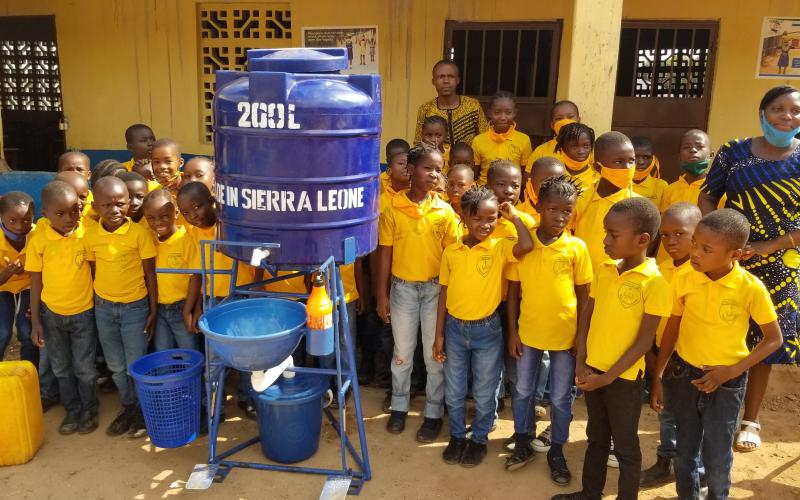
Many of us take our access to running water for granted. In the U.S., the average family of four uses about 400 gallons of water per day and the toilet is responsible for about 27% of that.[1] We often forget that access to safe water is a luxury to many people; in 2015, 683 million people did not have access to improved drinking water.[2] African countries are in the most critical need of water resource investments. Almost half the people who live without safe drinking water are in Sub-Saharan Africa.[2] Throughout the world, one of five children deaths are the result of a water-related disease or dehydration.[5]
Other than the obvious issues, other problems surface when safe water is not readily available. In Sub-Saharan Africa, where access to education is already a challenge, many young girls and boys must stay home from school and hike long distances to fetch water. 40 billion hours per year is spent collecting water in Sub-Saharan Africa, and girls under the age of fifteen are the most likely family member to be responsible for this chore.[2]
Then there are the many infectious and tropical diseases, like cholera, that can be transmitted by contaminated water and poor sanitation conditions found in many developing countries. [4] In fact, as many as 80% of past illnesses in these countries can be traced to water and sanitation related issues.[6] In addition to the lost school days that are caused by children collecting water, water-related diseases are responsible for an additional 443 million lost school days per year.[3]
Just by increasing access to clean water we can help improve living conditions, health conditions, and education. Develop Africa has made a difference by implementing a running water system that is solar powered. This project included digging a well and then added water pumps and solar panels to get the system functional. With your support, Develop Africa can begin new projects that will help people gain access to clean, safe water. Just let us know how you would like your donation to be used, and we will make sure that the appropriate project(s) are funded.
By Shreya Thirumurthy
Citations
[1] Environmental Protection Agency. (2008). Indoor water use in the United States. Retrieved from https://www3.epa.gov/watersense/pubs/indoor.html
[2] WHO/UNICEF Joint Monitoring Programme for Water Supply and Sanitation. (2015). Progress on Sanitation and drinking water: 2015 update and mdg assessment. Retrieved from https://www.wssinfo.org/fileadmin/user_upload/resources/JMP-Update-report-2015_English.pdf
[3] United Nations Development Programme. (2006). Human development report 2006: Beyond scarcity: Power, poverty and the global water crisis. Retrieved from http://hdr.undp.org/en/content/human-development-report-2006
[4] World Health Organization. (2016, November). Drinking water fact sheet. Retrieved from http://www.who.int/mediacentre/factsheets/fs391/en/
[5] WHO/UNICEF. (2009, October 14). Diarrhoea: Why children are still dying and what can be done. Retrieved from http://www.unicef.org/health/index_51412.html
[6] United Nations. (2003). ‘Water-related diseases responsible for 80 per cent of all illnesses, deaths in developing world’, says secretary-general in environment day message [Press release]. Retrieved from http://www.un.org/News/Press/docs/2003/sgsm8707.doc.htm

